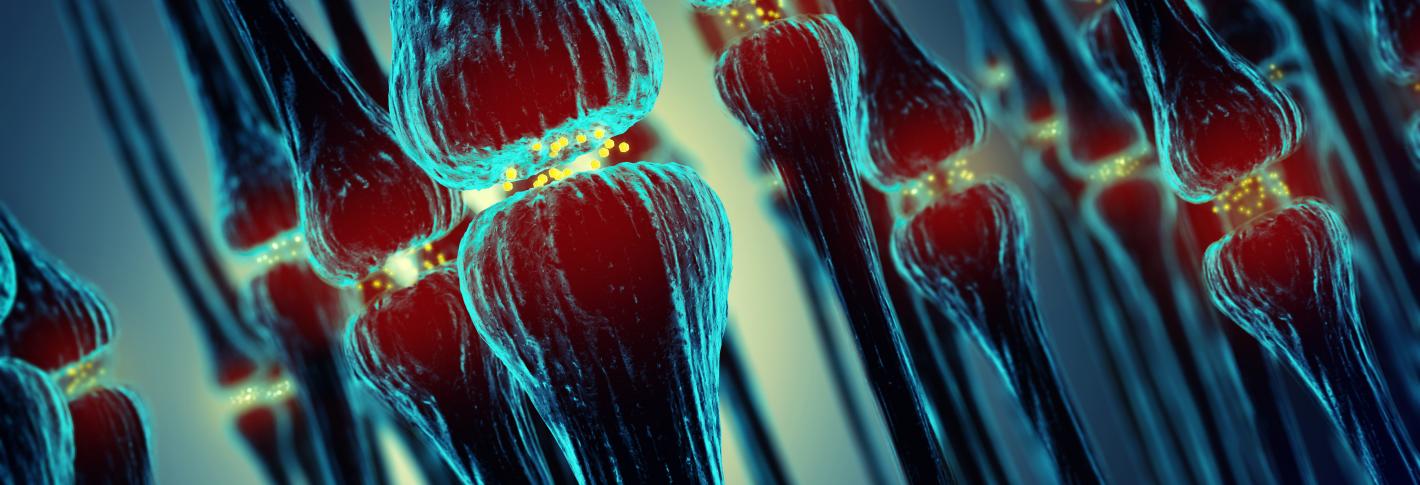
Our cognitive abilities come down to how well the connections, or synapses, between our brain cells transmit signals. A new study by researchers at MIT’s Picower Institute for Learning and Memory digs deep into the molecular mechanisms that enable synaptic transmission to show the distinct role of a protein that when mutated has been linked to causing intellectual disability.
The key protein, called SAP102, is one of four members of a family of proteins, called PSD-MAGUKs, that regulate the transport and placement of key receptors called AMPARs on the receiving end of a synapse. But how each member of the family works, for instance as the brain progresses through development to maturity, is not well understood. The new study in the Journal of Neurophysiology shows that SAP102 and other family members like PSD-95, work in different ways, a feature whose evolution may have contributed to the greater cognitive capacity of mammals and other vertebrates.
“Our results show that PSD-95 and SAP102 regulate synaptic AMPAR function differently,” wrote the researchers including senior author Weifeng Xu, assistant professor in MIT department of Brain and Cognitive Sciences, and lead author Mingna Liu, a former postodoc in Xu’s lab who is now at the University of Virginia.
“This study is part of a continuous effort in our lab to elucidate the molecular machinery for tuning synaptic transmission critical for cognition,” Xu said.


